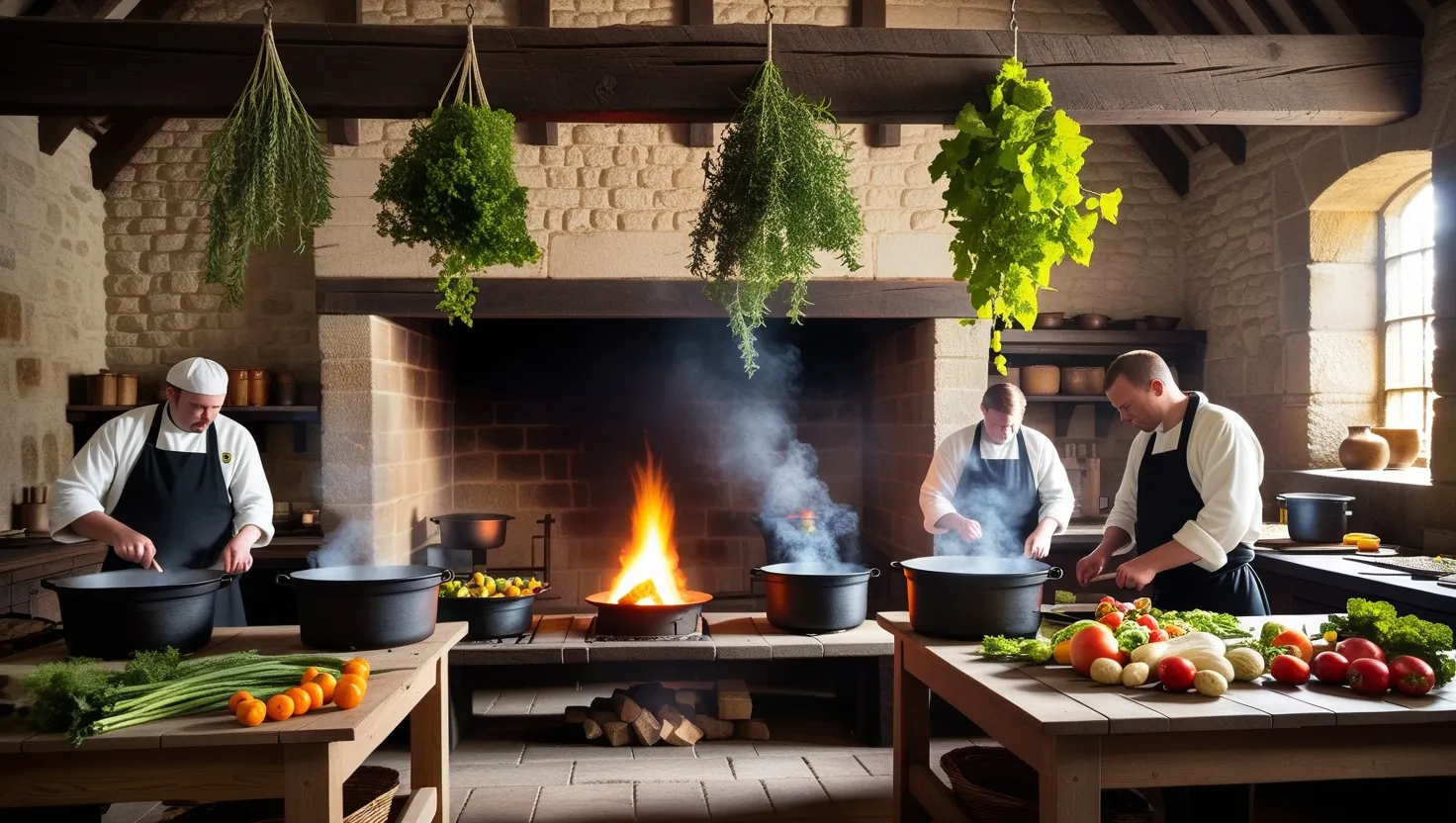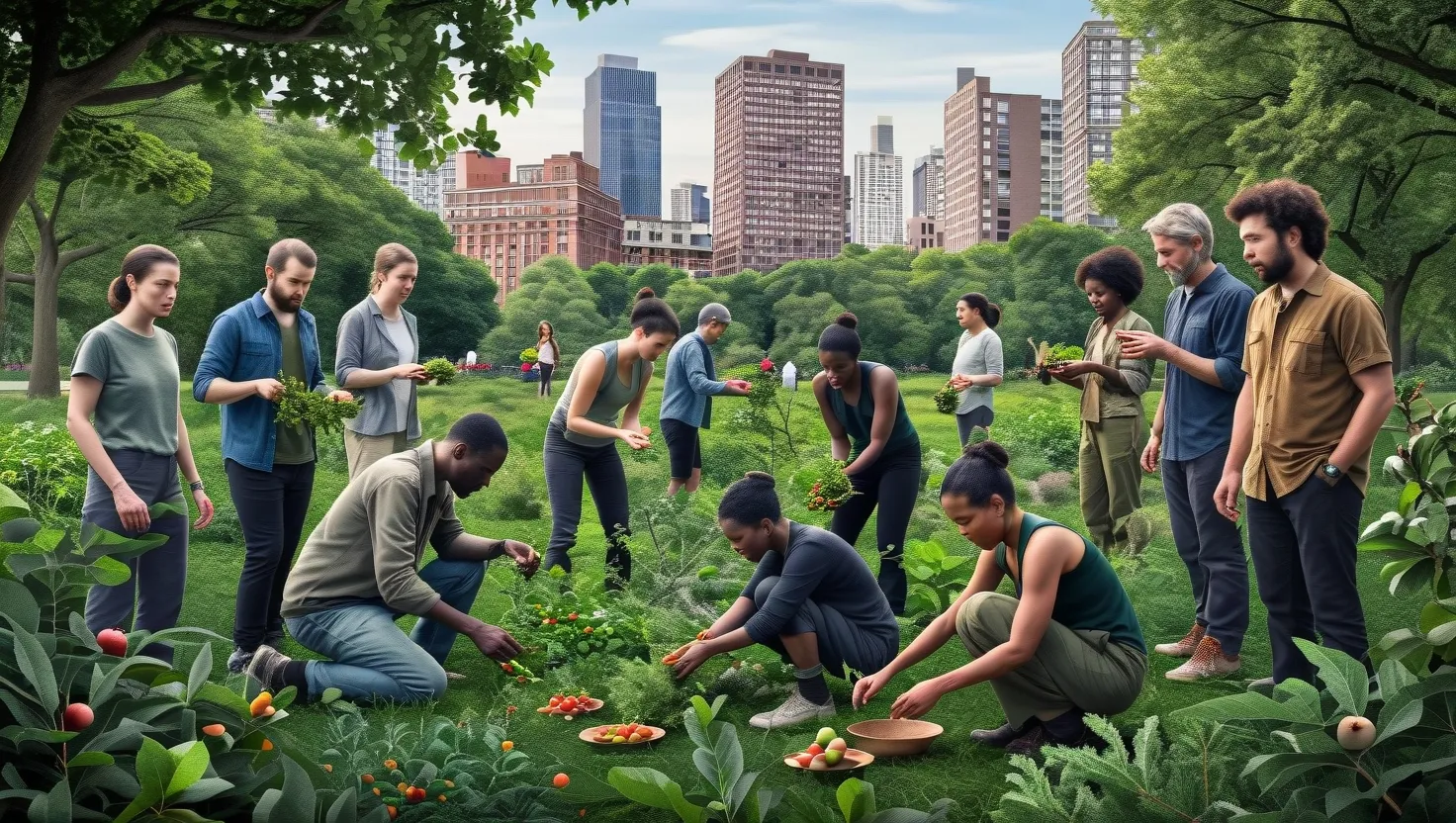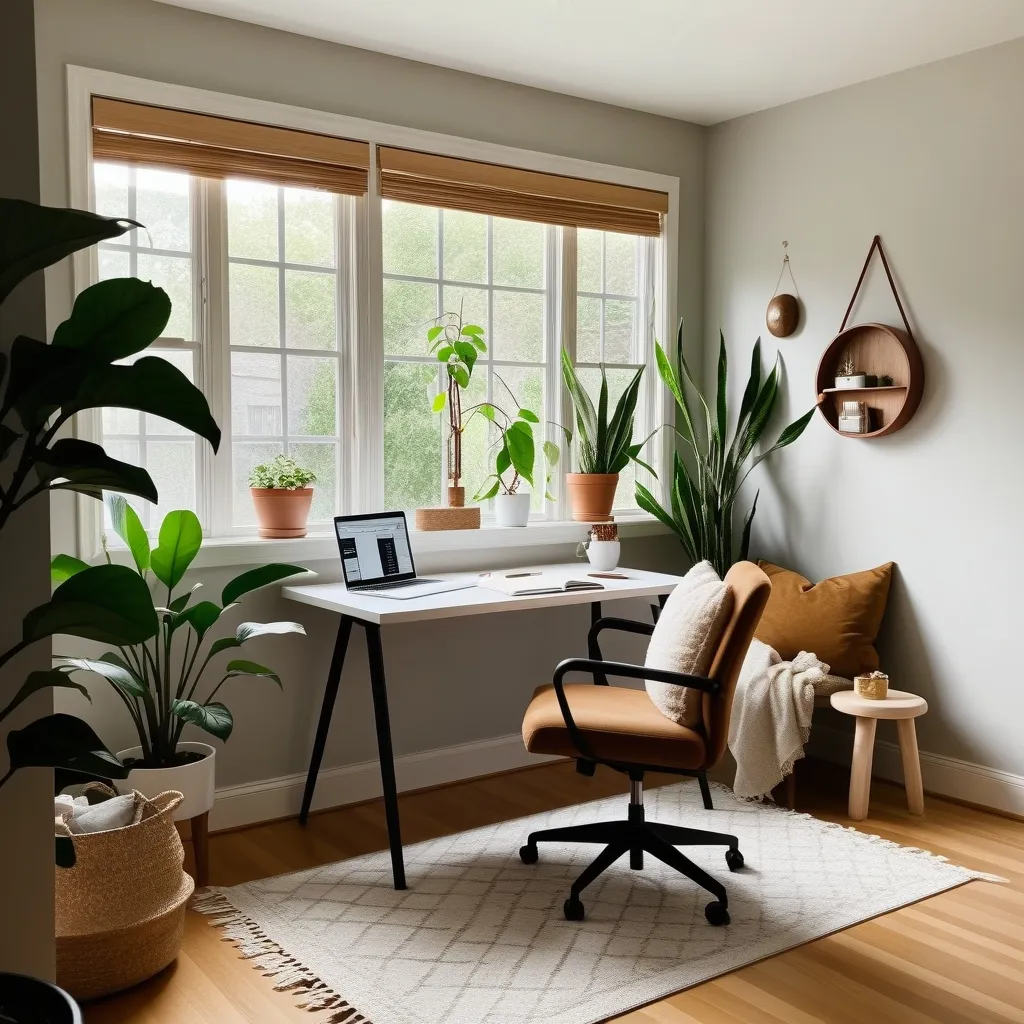In the bustling heart of a medieval castle, the kitchen was a hive of activity, filled with the aromas of simmering stews and the rhythmic chopping of vegetables. As I stand in my modern kitchen, surrounded by gleaming appliances and endless gadgets, I can’t help but wonder: what can we learn from those resourceful cooks of yesteryear?
The medieval kitchen was a place of remarkable efficiency, despite lacking the conveniences we take for granted today. Their practices, honed over centuries, offer valuable lessons for the modern home cook seeking to reduce waste, improve skills, and create delicious meals with limited resources.
Let’s start with the cornerstone of medieval cooking: seasonality. In an age before global supply chains and refrigerated transport, cooks had no choice but to work with what was locally available. This constraint, far from being a limitation, encouraged creativity and a deep connection to the rhythms of nature.
How might our cooking change if we embraced this practice? Imagine the burst of flavor in a tomato picked at the height of summer, or the earthy sweetness of freshly harvested root vegetables in autumn. By planning our meals around seasonal produce, we not only enjoy optimal flavor and nutrition but also reduce our environmental impact.
“Nature gives to every time and season some beauties of its own,” wrote Charles Dickens. How can we apply this wisdom to our cooking?
One-pot cooking was another hallmark of medieval kitchens. With limited fuel and cooking vessels, entire meals were often prepared in a single pot. This practice not only saved resources but also allowed flavors to meld and develop over long, slow cooking times.
In our modern kitchens, we can take inspiration from this approach. Developing a repertoire of hearty stews, soups, and casseroles that combine proteins, vegetables, and grains in one dish not only saves time and resources but also creates deeply satisfying meals.
What’s your favorite one-pot recipe? How might you adapt it to include more seasonal ingredients?
Preservation techniques were crucial in medieval times, allowing households to extend the bounty of summer harvests into the lean winter months. Fermentation, pickling, and drying were common practices, not just for preservation but also for developing complex flavors.
In our world of constant abundance, these skills have largely fallen by the wayside. Yet, by learning basic preservation techniques, we can reduce food waste, save money, and create unique flavors in our cooking. Have you ever tried making your own sauerkraut or pickles? The process is simpler than you might think and the results are often far superior to store-bought versions.
“Waste not, want not” could have been the motto of medieval kitchens. Every part of an ingredient was used, from nose to tail and root to leaf. Vegetable trimmings became the base for flavorful stocks, meat bones were used multiple times to extract every bit of flavor and nutrition, and stale bread was repurposed into crumbs or hearty puddings.
In our modern kitchens, we can adopt this mindset to dramatically reduce our food waste. The next time you’re about to toss vegetable scraps or chicken bones, pause and consider: how might these be transformed into something delicious?
Medieval cooks rarely used precise measurements, relying instead on their senses and experience to guide their cooking. While this might seem daunting in our recipe-driven culture, developing your sensory cooking skills can make you a more confident and adaptable cook.
Try this: next time you’re following a familiar recipe, put away the measuring cups and spoons. Use your eyes, nose, and taste buds to guide you. You might be surprised at how intuitive cooking can become with practice.
“Cooking is like love. It should be entered into with abandon or not at all,” said Harriet Van Horne. How might cooking with more abandon change your relationship with food?
Finally, let’s consider the organization of the medieval kitchen. Despite (or perhaps because of) their limited resources, these kitchens functioned through strict organization. Each tool had its place, and ingredients were stored in logical systems to ensure efficiency.
In our modern kitchens, often overflowing with gadgets and ingredients, we can take a cue from this approach. By arranging our tools and pantry items in logical systems, we can improve our workflow and cooking efficiency. When was the last time you reorganized your kitchen? What changes might make your cooking process smoother?
As I stand in my kitchen, I’m struck by how much we can learn from these ancient practices. By embracing seasonality, mastering one-pot cooking, learning preservation techniques, using every part of our ingredients, cooking by instinct, and keeping a well-organized workspace, we can not only enhance our cooking skills but also create a more sustainable and satisfying approach to home cooking.
The medieval kitchen, far from being a relic of the past, offers a wealth of wisdom for the modern cook. It reminds us that great meals don’t require the latest gadgets or exotic ingredients, but rather a thoughtful approach to the resources at hand.
“The secret of happiness is not in doing what one likes, but in liking what one does,” said J.M. Barrie. Perhaps the same could be said of cooking. By embracing these medieval practices, we might find not just efficiency in our kitchens, but a deeper appreciation for the art and craft of cooking itself.
So, the next time you step into your kitchen, take a moment to channel the spirit of those medieval cooks. What wisdom might they impart to you? How might their practices transform your approach to cooking? The answers, like the best recipes, are waiting to be discovered through experimentation and practice.
After all, in cooking as in life, it’s often by looking to the past that we find the keys to a more sustainable and satisfying future. What medieval kitchen practice will you try first?






